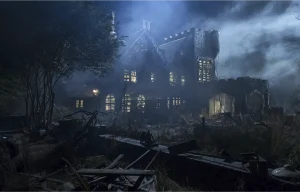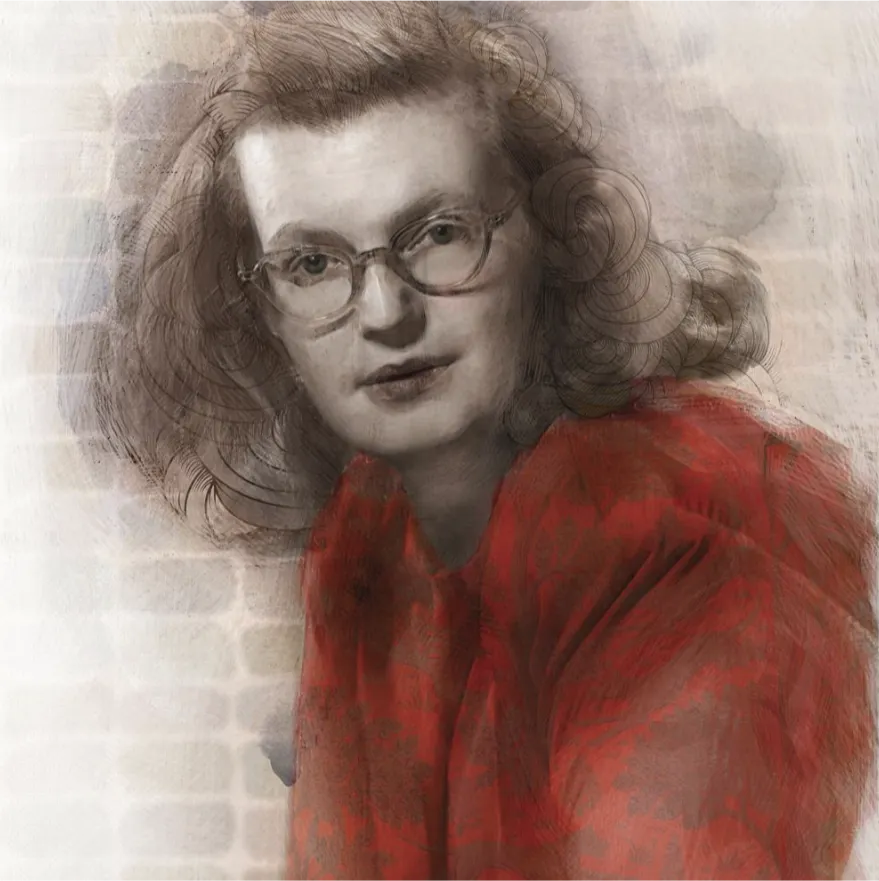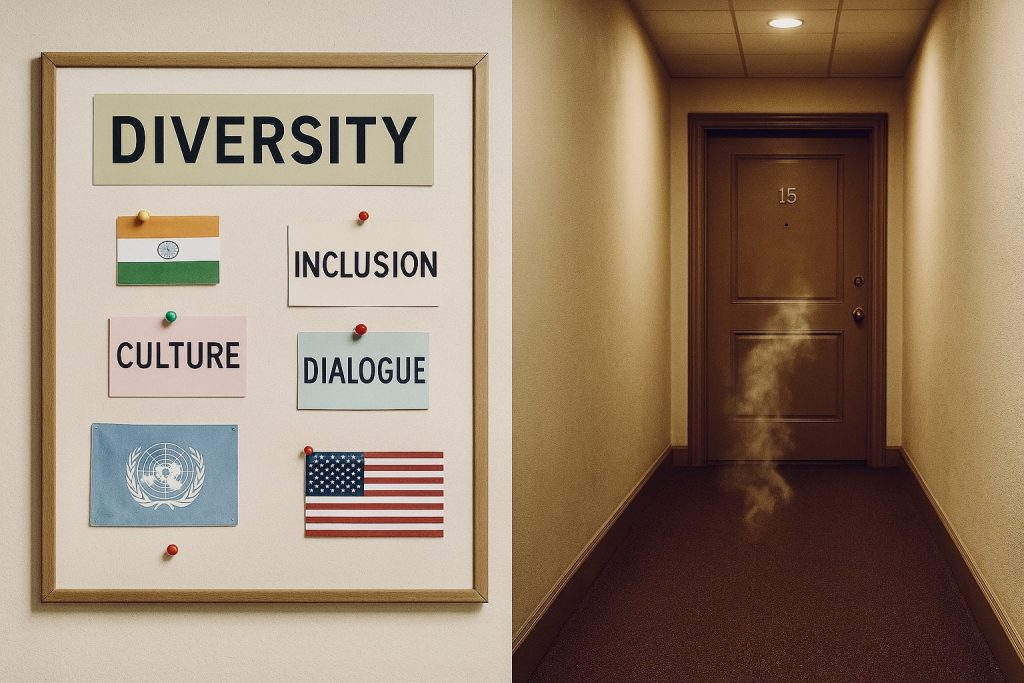Some books don’t just tell a ghost story—they become one. Shirley Jackson’s The Haunting of Hill House isn’t just a haunted house tale; it’s a reflection of its author’s own isolation, fears, and unraveling mind. More than sixty years later, Netflix reimagined it, proving that some nightmares never fade.
Shirley Jackson – The Real Horror Behind Hill House
Jackson knew what it meant to be haunted. Trapped in a restrictive marriage, battling severe anxiety and depression, she found horror not in ghosts, but in loneliness, repression, and the fear of losing oneself. Hill House wasn’t just a haunted mansion, it was a metaphor for the weight of the past, the inescapability of trauma, an emotional survival.
When the novel debuted in 1959, it was hailed as a psychological horror masterpiece. Eleanor, its tragic protagonist, yearns for belonging, only to realize Hill House has already claimed her. Stephen King called it “one of the finest horror novels ever written.”
Netflix’s Take: A Family Trapped in Trauma (Spoilers Ahead!)

In 2018, Mike Flanagan transformed Hill House into a multi-generational family tragedy. The Crains move into Hill House, only to be consumed by grief, ghosts, and an entity that doesn’t just haunt—it keeps. The series earned a 93% Rotten Tomatoes rating, with Stephen King calling it “close to a work of genius,” and Quentin Tarantino naming it his “favorite Netflix series.”
But even in its modern form, the story remains the same: Hill House doesn’t just take lives—it keeps them. And its final shot—lingering on the Red Room window—suggests the Crains may never have left at all.
Why Hill House Still Haunts Us
Jackson died at 48, but her ghost lingers in her work. Hill House endures because it understands that horror isn’t just about ghosts. It’s about being trapped, by grief, by the past, by ourselves.
And as long as stories like this are told, Hill House will never be empty.







